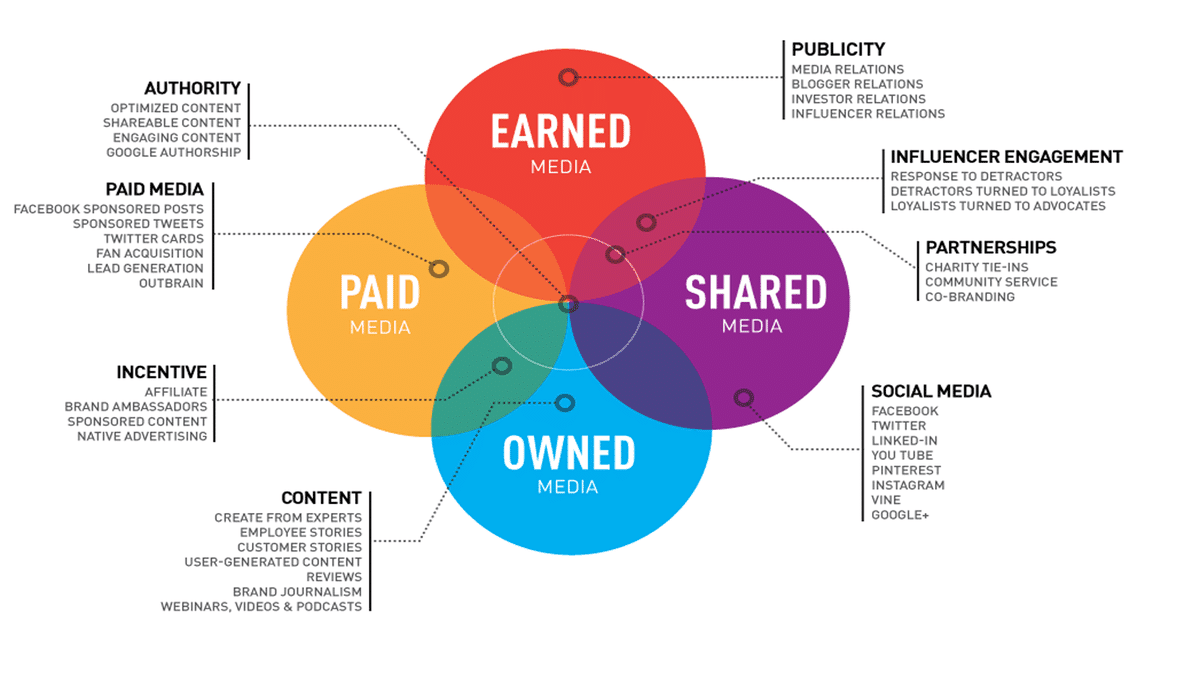You are doing everything right according to the textbooks: you have a brand-new website and you are active on Facebook, Twitter and LinkedIn. Yet, you don’t get qualified leads from all your efforts, not to mention the amount of money you’ve spent!
What are you doing wrong?
It’s all about your message and those who care to listen to it. In other words, talking to the right people by telling a story they can relate to!
To know how to write your posts on social media, you need to know to whom you are talking, by creating one or more buyer personas.
What and who are these “personas”?
Buyer personas are like characters: they are fictional, yet very realistic representations of your ideal customers. You have to keep in mind how they think, what they want to achieve in life and why they do what they do.
Buyer personas are based on solid research, not assumptions!
How well do you know your audience on Facebook and your ideal customer?
It takes intensive effort to get to know your customers. You cannot just assume that you know them. You need to talk to them! Linda Bustos, Director of E-commerce Research at Elastic Path identified three key techniques you can use:
- Have one-on-one interviews with your customers and ask in-depth questions
- Observe them by spending a day with them and asking relevant questions.
- Listen when your customer tells you about your product: what it does, how well (or bad) it, how it’s used, etc. This is an excellent way to understand how they perceive your product or service.
Columnist Arnie Kuenn also suggests making use of lead forms and talking to your sales team. Additionally, you can interview your support staff, analyse how your audience consumes content and evaluate current content using A/B testing.
What do you do with all this information?
It is best to combine the above research with market research.
Then you can start creating full portraits of your buyer persona/s. A typical framework includes
1. Basic information such as:
1. Name
2. Age and generation
3. Gender
4. Marital status
2. Demographic information such as:
1. Career, job responsibilities and roles
2. Company size
3. Life outside of work
4. Income
5. Budget
3. Behavioural information such as:
1. What keeps them up at night
2. Pain points and challenges
3. Role in purchasing
4. How they consume content (Facebook, email, magazines, etc).
5. How often they look for specific content
6. Whose opinions they trust
So how do you create messages your audience will respond to?
The first step is to familiarise yourself with the buyer’s journey.

Figure 1: The Buyer’s Journey (HubSpot)
You will find that your customers are scattered across three different stages, and you need to get their attention during each stage. You need to meet them where they are.
During the Awareness stage, your customer realises they have a problem. Your message will confirm that you can fix their problem. A typical message will tell them about your products and services.
When they reach the Consideration stage, they will start looking for solutions. Here your message needs to touch their pain points. This means that your message should focus on one problem, one product/service and one solution.
When they are ready to make a purchase in the Decision stage, your message needs to communicate your competitive advantage. Why should they choose you and not someone else? Here you can offer demos, special prices and free trials.
You can also incorporate the PESO model, developed by Gini Dietrich:

Figure 2: PESO Model (Spin Sucks)
In simplest terms, the PESO Model allows you to separate the content and communications you create into media buckets that align with all of the available marketing channels. The PESO Model enables you to better integrate your marketing efforts by identifying opportunities and gaps.
- Paid Media. Paid media, in this case, doesn’t refer to big, fancy commercials and highly creative print ads. On the contrary, paid media for social media includes advertising, sponsored content and email marketing.
- Earned Media. Earned media is what we know as either publicity or media relations. It’s getting your name in print. It’s having a newspaper or trade publication write about you. It’s appearing on the noon news to talk about your product. It’s what the PR industry is typically known for, because it’s one of the few tangible things done.
- Shared Media. Shared media is also known as social media. It’s evolving as well, and continues to build beyond just marketing or customer service teams using it. Soon, organisations will share it as their main source of communications, both internally and externally.
- Owned Media. Owned media is otherwise known as content. It is something you own, and it lives on your website or blog. You control the messaging and tell the story in a way you want it told.
Why do you need to go through all this effort?
Founder of buyer personas, Toni Zambito, explains 6 reasons why you need to know your customers:
- They give you inside infoto adjust your marketing and sales strategies.
- They tell you about the words that trigger them and to which messages they will respond.
- They provide qualitative and quantitative informationto adjust your customer strategy.
- They tell youhow they will use your product and what you need to do to improve the user-friendliness of your product.
- Chances are, you will outperform your competitors.
- Globalisationis not just for the big companies anymore. “Companies are entering new markets with little knowledge of regional buying behaviours and little room for errors.”
Toni also predicts that if “researched in the right way, buyer personas can help organisations to accomplish an understanding, which has long been absent.”
What happens now?
It is ideal to formulate personas prior to any strategy and to share your buyer personas with your whole team so that they understand who they are trying to engage. Everything you do and don’t do will revolve around your buyer personas.
If you want to be successful, you need to be consistent. Success will not come overnight. Be consistent in your messaging, what you say, how you say it and to whom you are talking to. It’s okay if your persona slightly changes (as they will according to their journeys), but don’t scrap a persona just because you haven’t seen any ROI in a month.
